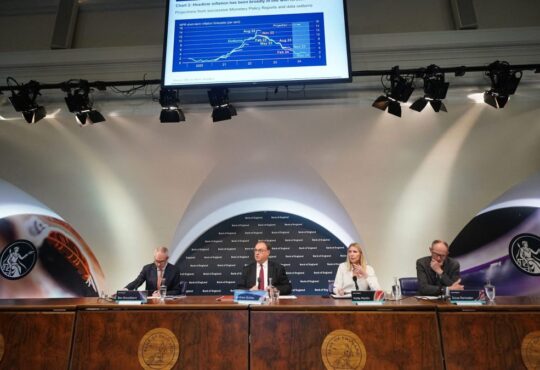
Figure 1 demonstrates the impact of the CBDC interest rate (i_e) on the deposit rate, loan rate, and their difference (presented in the top panels), as well as the percentage changes in deposits, loans, and overall output compared with the equilibrium without a CBDC (shown in the bottom panels). When the CBDC rate is lower than the deposit interest rate without a CBDC (represented by the horizontal segments in the graphs), there are no consequences for the equilibrium rates and quantities. When the CBDC rate surpasses this level, the economy enters a second region. Banks match their deposit rates with the CBDC rate, which attracts more deposits. As long as the banks’ profit margin remains positive, they will use the extra deposits to finance additional loans, which lowers the loan interest rate and the spread. More loans lead to higher output. Note that in this region, the CBDC has a zero market share; rather, its mere existence as an outside option for households disciplines banks and expands deposits, loans, and output. Finally, when the CBDC rate is too high, banks’ profit margin becomes zero and the expansion stops. Any further increase in the CBDC rate will compel banks to raise the loan interest rate to break even, which leads to a decline in deposits, loans, and output.
As the economy becomes cashless…
Many central banks are reluctant to pay positive interest on their digital currencies. How does a non-interest-bearing CBDC affect the economy? We show that as the use of cash in transactions declines over time, consumers rely more on deposits, giving banks more market power. This could result in higher banking fees, lower interest rates on deposits or poorer quality bank services. In this case, a non-interest-bearing CBDC can create competitive pressure, motivating banks to provide better terms and services and expanding intermediation.
We incorporate the idea of the economy going cashless by assuming that a fraction Δ of sellers who used to accept both cash and deposits stop accepting cash. One interpretation is that some physical retailers have transitioned to selling solely online and can no longer accept physical cash. We compare the equilibrium outcomes with and without a CBDC as Δ rises. The results without a CBDC are denoted by the solid blue lines in Figure 2. As Δ increases, banks gain more market power because deposits become a more desirable payment instrument. As a result, banks lower the interest rate on deposits, but depositors will still hold more deposits. If Δ is sufficiently high, the deposit rate can be negative without a CBDC, that is, banks charge fees on deposits. The dashed red curves represent an economy with a non-interest-bearing CBDC. In this case, the CBDC sets a floor at zero for the deposit interest rate, which leads to more deposits, more loans, and higher output.




